Fungus on the toes is a problem that disturbs many people.Itching, burning and unpleasant skin and nails are just a small part of it.The disease is dangerous with complications that are more difficult to cure.However, it is possible to solve this problem, if you are serious about treating fungal infections (mycosis).

Why does fungus happen on the feet?
Fungus is one of the types of contagious agents that affect the skin.This is a difficult and very persistent microorganism.Therefore, fungal diseases require a serious and integrated approach to treatment.
The fungus has their favorite habitat on the skin.First of all, it is the skin of the toes and nails.The reason for this is understood - the feet are usually in the shoes, in it a lot of moisture and dirt accumulates, as well as very hot.Therefore, the fungus that lives on the feet has a lot of food and microclimate that is encouraging for spreading.Some types of complex fungus often affect the skin, and other types of mushrooms, for example, yeast and mold, prefer nail plates.It may be a simultaneous infection with some types of fungus at once.
Contributing to the development of fungus on the finger:
- reduce local and general immunity;
- poor foot hygiene;
- troublesome and narrow shoes;
- changes in stockings or irregular socks;
- wear socks or stock of synthetic materials that do not pass air;
- normal hypothermia or too hot feet;
- circulatory disorders in the feet;
- varicose veins;
- chronic diseases of the cardiovascular system, diabetes mellitus;
- long course of treatment with antibiotics;
- increased sweating;
- deficiency of vitamins and mineral elements in the body;
- mechanical damage to the skin, corn, foot trauma;
- Excess physical weight on the feet;
- Irregular haircuts on the feet.
The most important of these factors is to reduce immunity and blood circulation in the feet.Decreased immunity can occur due to different reasons.This is usually a severe chronic disease, especially contagious.Also, immunity can decrease due to HIV, take immunosuppressants, with cancer.Violation of blood circulation in the toes is no less important for blood vessels, blood, diabetes, smoking.
Stop microses can develop in men and women.In adults, they look more frequent than children.
Some types of fungus are always inhabited on the skin and are activated only under bad conditions, for example, the fungus of the genus Candida.And other species are sent from person to person.Infections can occur when visiting the gym, bathing, bathing, if at the same time people do not use personal shoes.Also, people wearing other people's shoes or socks, or allow others to use them, subject to significant risk of infection.Often, infections occur when using the same towel, manicure supply, and more.Factors that increase the likelihood of infection are cutting on the surface of the skin, deforming the nail plate.
Symptoms of mycosis finger
The main symptoms of foot mycosis are itching and burning.Skin redness, small bubbles, increased peeling and rough skin, unpleasant odors can also be observed.The first symptom of skin mycosis can be confused with simple irritation, thank you.
Symptoms of onychomycosis
Fungus can affect not only the skin, but also the nails.The last variety of micosis is called onychomycosis.The main symptoms of onychomycosis are changes in the structure and type of nails, their disadvantages.The nails turn yellow, wrinkled and cracks appear on the surface, nail plate thickens and deformations.If you do not treat the treatment, the nails will gradually peel off the nail bed and collapse.
Like what fungus on your finger: photo
You cannot make your own diagnosis, by the picture.Diagnosis should be made by a qualified dermatologist.
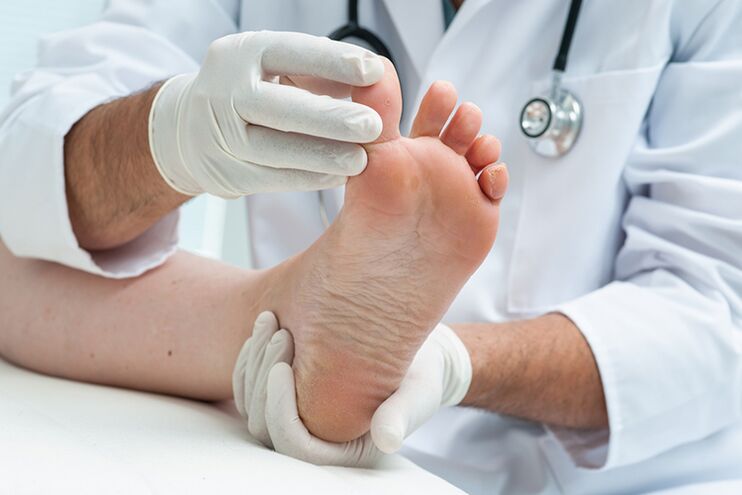
Only he can determine the type of fungus.To do this, he may not only need an external check, but also a skin binding laboratory test.
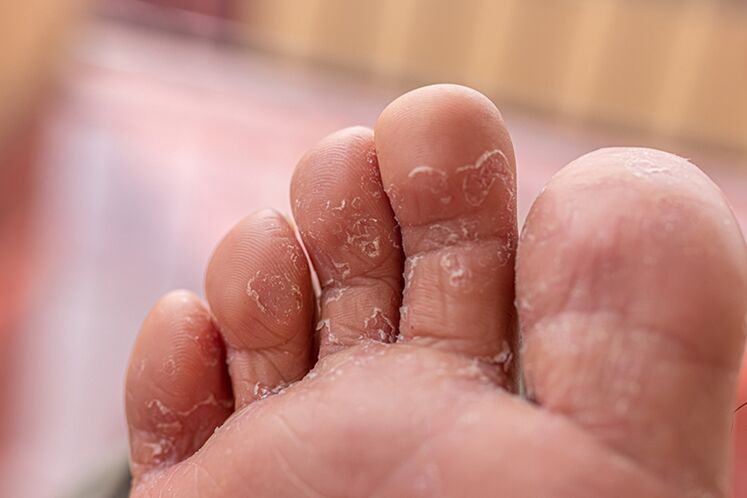
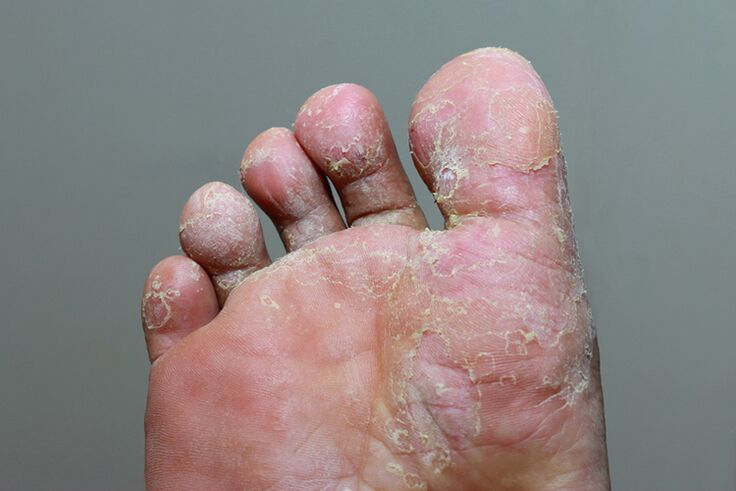
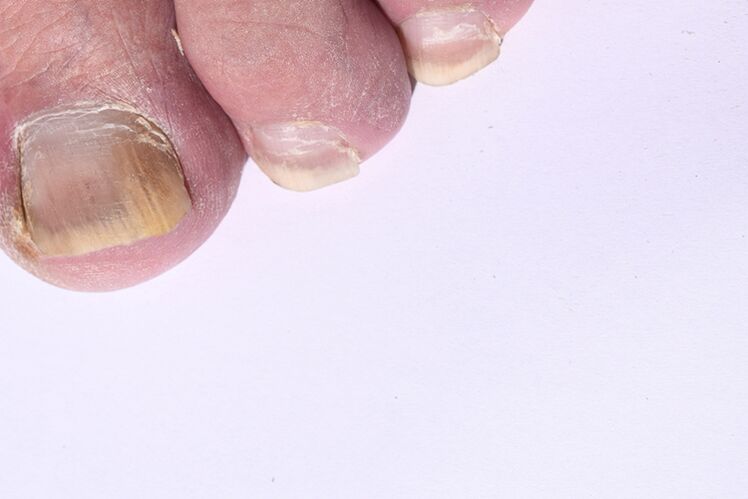
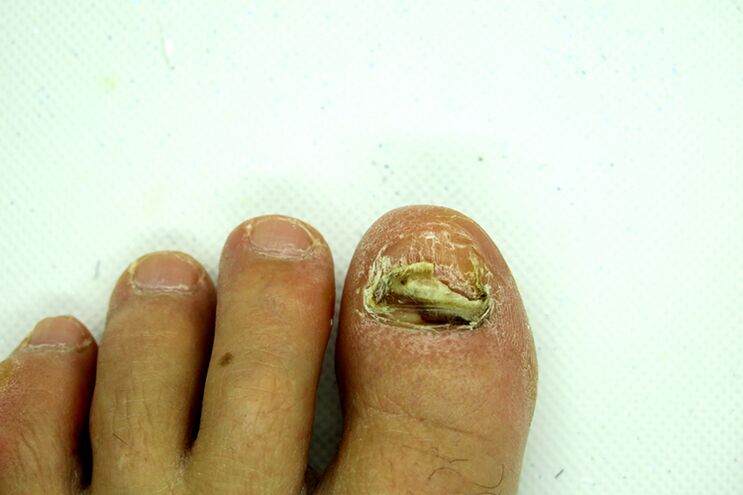
However, the presence of the signs, at least a long -standing picture described in the pictures, is an opportunity to worry and see a doctor.
The treatment of the disease is comprehensive and performed at home under the supervision of a doctor.
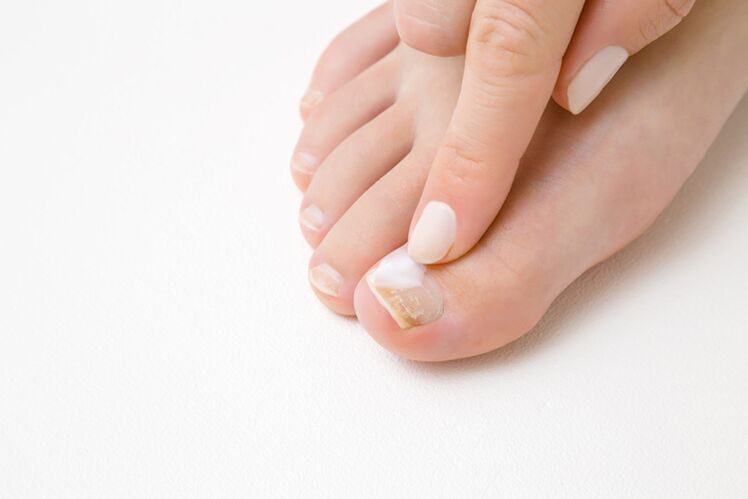
Fungus on a small finger
Fungus can affect any skin -where toes.But the small fingers in the feet are most vulnerable to infection.Small fingers in tight shoes are often compressed, as scuffs occur on the skin and blood circulation is interrupted.With damage to the small finger, the disease develops rapidly, faster than other nails.When infected with a few fingers, the infection can quickly touch the other fingers.
The fungus on the small finger is treated in the same way as a fungus in other areas of the skin.With small finger onychomycosis, the most rational output can be the removal of the nail plate.This operation will not cause a lot of difficulties in the patient, as the nails on the small fingers grow quickly.However, while the nails do not grow again (this can take 3-4 months), it is necessary to use antifungal drugs to prevent re-infection.
How to treat fungus in your fingers?
The treatment of mycosis should start at the first symptoms.First of all, you should contact a dermatologist for diagnosis.Before starting therapy, it is necessary to establish the fact that the presence of micosis and the type of pathogenic microorganisms.For this purpose, the doctor will take the scrape of the skin or cut off a piece of nails (with damage to the nails).Blood tests, blood for sugar are donated.Micosis of the scalp must be distinguished from:
- other infectious skin diseases;
- allergic reactions;
- Dermatosis caused by diabetes, vascular disease, stress and nerve disease.
For the treatment of mikosis in the feet, local products (spray, ointment, cream) are most commonly used.Only in severe cases, doctors can prescribe antimicrotic tablets.Most commonly used tablets with fluconazole, itraconazole, terbinafine.
Treatment is based on the use of antimicrotic agents.This type of drug contains substances that kill mushrooms (fungicidal) or stop their (fungatic) reproduction.
What antimicrotic agents are most commonly used:
- Clotrimazole,
- Ketokonazole,
- Terbinafine,
- Nistatin,
- Mikonazole,
- The environment,
- Fluconazole.
Local medicines with antibacterial, anti -inflammatory and keratolytic properties are also used.Antibacterial agents are prescribed in the event of suppuration, that is, bacteria are attached to fungal infections.Anti -anti -anti -medications overcome unpleasant symptoms -itching and burning.However, they do not affect the cause of the disease - pathogenic microorganisms.Keratolytic agents include zinc, sulfur and sulfuric ointment.They accelerate the regeneration of skin tissue due to the acceleration of dead epidermis.
For stopping mycosis therapy, bathing with antiseptic agents - potassium permanganate, iodine, salt, nutritional soda, boric acid is also used.The bath is best done before bed for 20 minutes.To prevent infection with spores, you need to treat healthy skin areas with chlorhexidine, iodine, hydrogen peroxide, potassium permanganate.For thechomicosis therapy, varnish with antimicrotic substances are used - looceril, exoderil, batrophen.This varnish must be applied to the nail plate.
Ointment and cream must be used for pre -washed and clean skin with the frequency shown in the product instructions.The field of ointment application should be slightly larger than the visible damage area.To apply nails on the nail plate, the nails must be steamed, the uneven edge should be backed up with the file, and the nail surface should be degrated with a solution containing alcohol.
In folk medicine, medicinal plant decoctions are used to eliminate mycosis in the feet - chamomile, calendula, wise, wort St.John, mint, vinegar, onions and lemon juice.
What to do if the fungus does not spread your fingers?
Mycosis treatment is a long and difficult process.Fungal microorganisms are very persistent, and in a few days it is impossible to get rid of them.Sometimes many months of careful therapy are needed.At the same time, it is impossible to interfere with one day therapy.Onychomycosis treatment cannot be completed until the new nail plate grows.
It is also important to consider other factors related to the development of the disease.Failure to adhere to skin hygiene and optimal temperature regime can reduce all therapeutic efforts to zero.This means that it is necessary to wash the surface of the skin, avoid overheating or hypothermia.It is also important to prevent mechanical damage to the skin, excessive load on the feet, wounds and injuries.Excessive weight increases the pressure on the feet, so if you have fullness, you should think about losing weight.
If the patient is always wearing fungal shoes, then there is no strong remedy that will help here, as the place of microorganisms will immediately occupy a new one.Therefore, it is necessary to get rid of all the factors that contribute to germs.You can't go to other people's shoes, socks.The socks must be thoroughly washed and changed regularly.The inner surface of the shoe should be carefully sprayed with anti -invitation agents.
With stubborn mycosis, it is necessary to analyze the general health condition.This may help identify the causes of immunity and blood circulation in the leg.Therefore, it is possible to undergo a complete examination and do not include problems with the liver, blood, vessels, endocrine system organs.
Finally, it may be that microorganisms only develop resistance to the antimicrotic agents used.Then it needs to change the medicine.Perhaps, systemic antimicrobial drugs in tablets are required.The dose of the drug should be selected by the dermatologist.
























